Stacking Shipping Containers Safely: What You Need to Know
 Marissa Morin | Jul 26, 2023
Marissa Morin | Jul 26, 2023
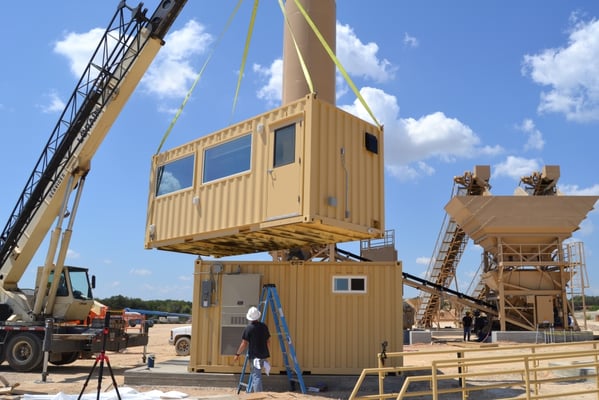
Stacking shipping containers to create modified container buildings has become a trusted technique in modular construction. These buildings become company office spaces, workforce housing, and everything in between. Although containers are commonly stacked on ships as cargo boxes, stacking containers into modified buildings requires additional expertise. Here’s what you need to know about safely stacking containers.
Stacking Shipping Containers: What to Consider Early On
It's important to make sure you’re making smart and safe choices when preparing for a multi-container building. You should use “one-trip” containers that don’t have much wear and tear from travel, and you should ensure they’re modified with the necessary structural reinforcements. The structural integrity of your containers is paramount.
Additionally, plan your design with container experts—along with architects and engineers, depending on the complexity of your design.
How to Stack Shipping Containers Upon Arrival
Set up crews can use a crane to easily lift the containers from the delivery trucks and immediately begin stacking. The use of a crane helps the crew stack the shipping containers safely, quickly, and accurately.
The crew should attach the crane to the four corners at the top of the container, called corner castings, which were created specifically for crane use on ships. Corner castings are an essential part of stacking modified containers into larger buildings.
In some cases, an industrial-sized forklift (able to lift at least 15,000 lbs with at least 96" long forks) can unload containers from trucks and stack them. Keep in mind that this process often takes longer and requires a very experienced forklift operator who is familiar with containers.
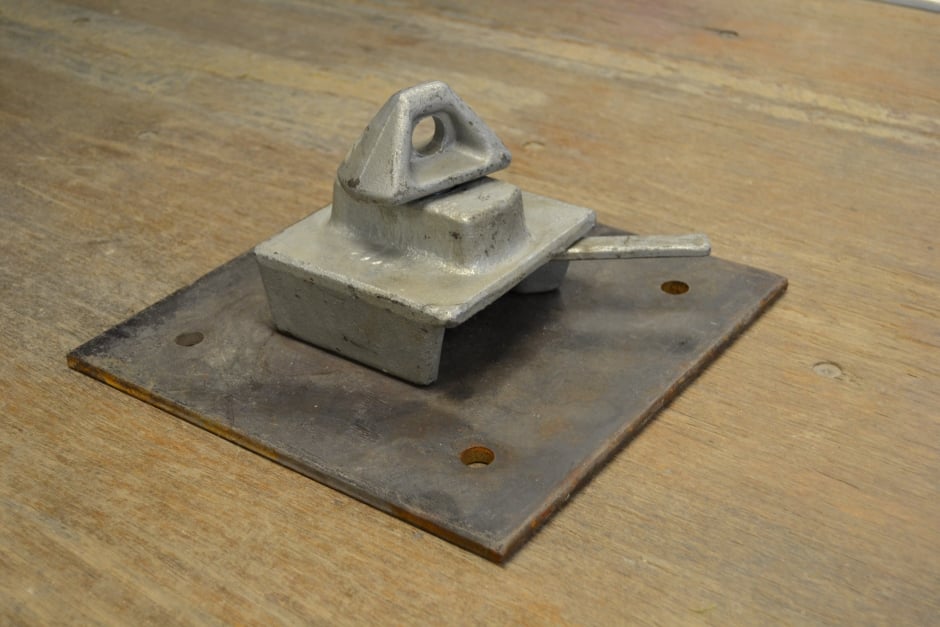
How Do Shipping Containers Lock Together?
As the crew places the containers on top of one another, they must carefully align the units. This often means crew members help guide the crane operator as the container descends.
Twist locks are mechanisms that secure the four corners of a shipping container to one another as they stack. Multi-unit structures are often secured to the pre-poured foundation with modified twist locks to add stability. Ultimately, the top container needs to be placed on twist locks to secure it to the container below. These locks ensure that the stacked containers remain secure, immovable, and safe.
How High Can You Stack Shipping Containers?
While traveling at sea, it’s possible to stack containers around nine units high. For modified structures, it all depends on the building.
If you’re hoping to create an on-site office space, stacking containers two or three units high is probably best for safety. It’s important to remember how wind impacts taller buildings.
On the other hand, if a construction company plans to use containers as a modular building element to create a large building—one that has a comprehensive plan for structural and framing reinforcements—they’d have a lot more height to work with. It’s important to get experienced teams involved early on when designing a complex build like this.
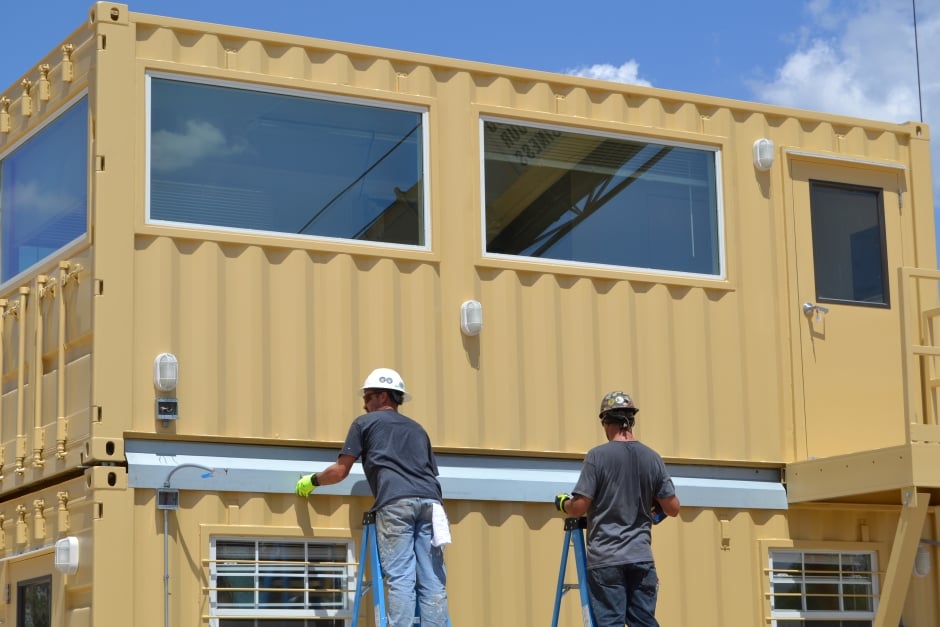
Do you have a multi-container structure in mind for your company? Let’s get connected and discuss your project. We’ve worked on all kinds of container projects, from mobile offices to container-based sports stadium If you’d like to reach out to our team, call us at 512-231-1010 or email us at Sales@FalconStructures.com.
SUBSCRIBE
- Shipping Container Modifications
- How-Tos
- Workspace
- Commercial Construction
- Multi-Container Buildings
- Storage Solutions
- Industrial Enclosures
- Bathrooms & Locker Rooms
- Oil & Gas
- Climate Control
- Green Building
- Living Space
- Industry Insight
- Military & Training Facilities
- Water Treatment Solutions
- Energy
THINK INSIDE THE BOX®
WITH OUR BLOG
Get everything from shipping container basics, to detailed how-tos and industry news in our weekly blog. Stay inspired and subscribe!
RELATED BLOGS
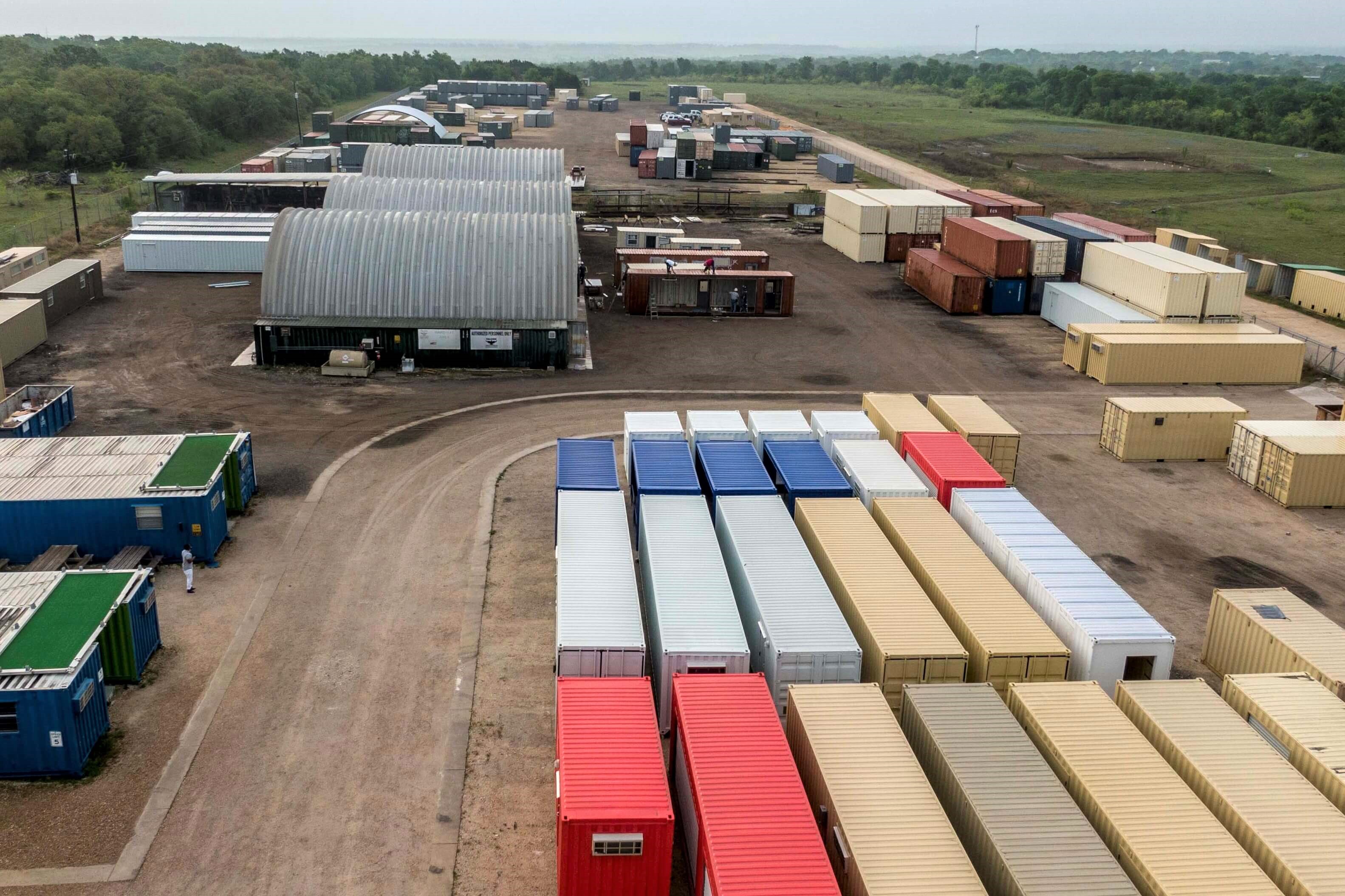
How the Strength of Shipping Containers Stands Up to Severe Weather
Marissa Morin | Sep 15, 2021 | 5 min read
READ MORE
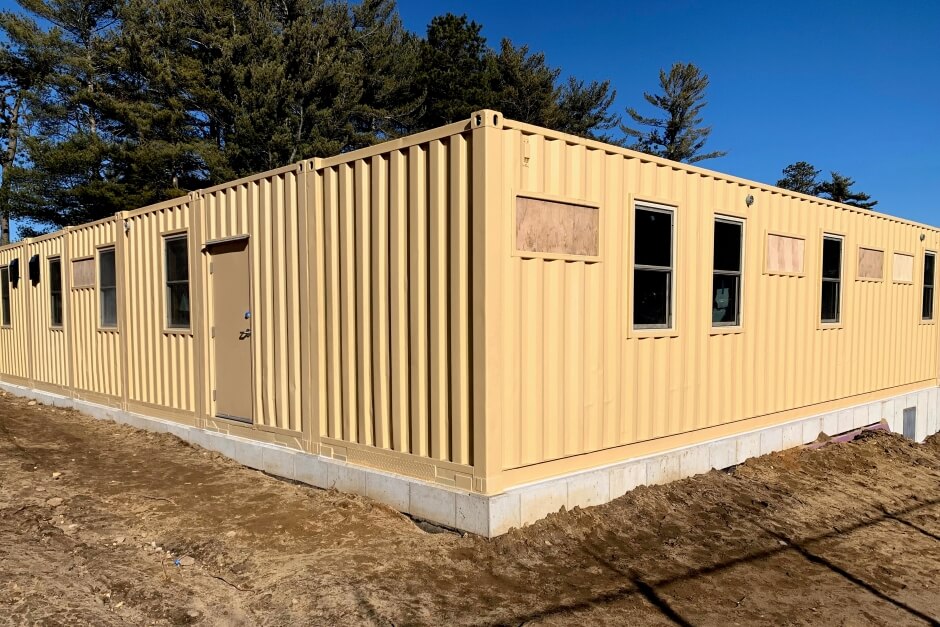
3 Factors That Affect the Structural Integrity of Shipping Containers
Marissa Morin | May 12, 2021 | 3 min read
READ MORE
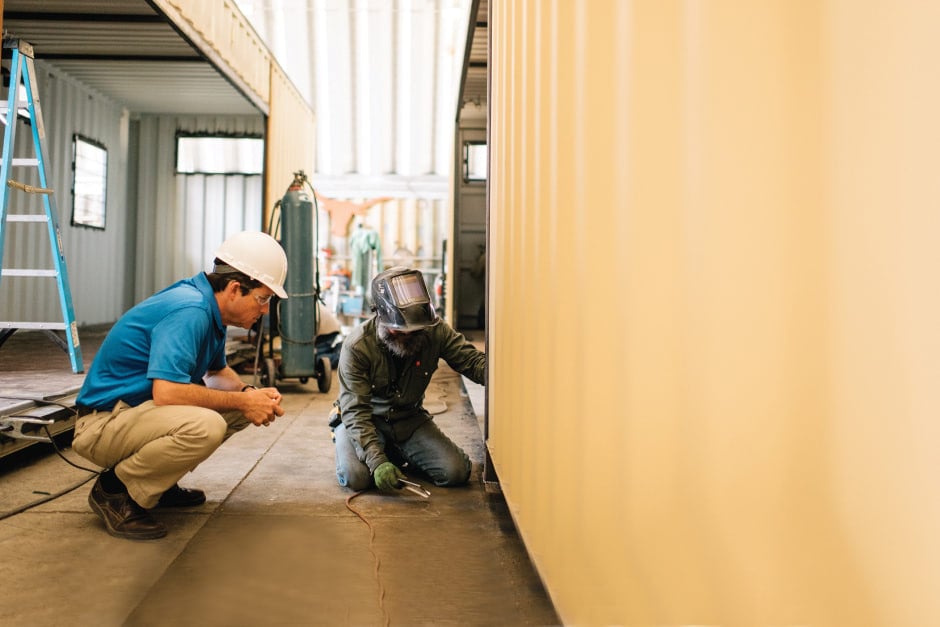
Your Guide to Modified Shipping Containers
Marissa Morin | Nov 13, 2019 | 1 min read
READ MORE
